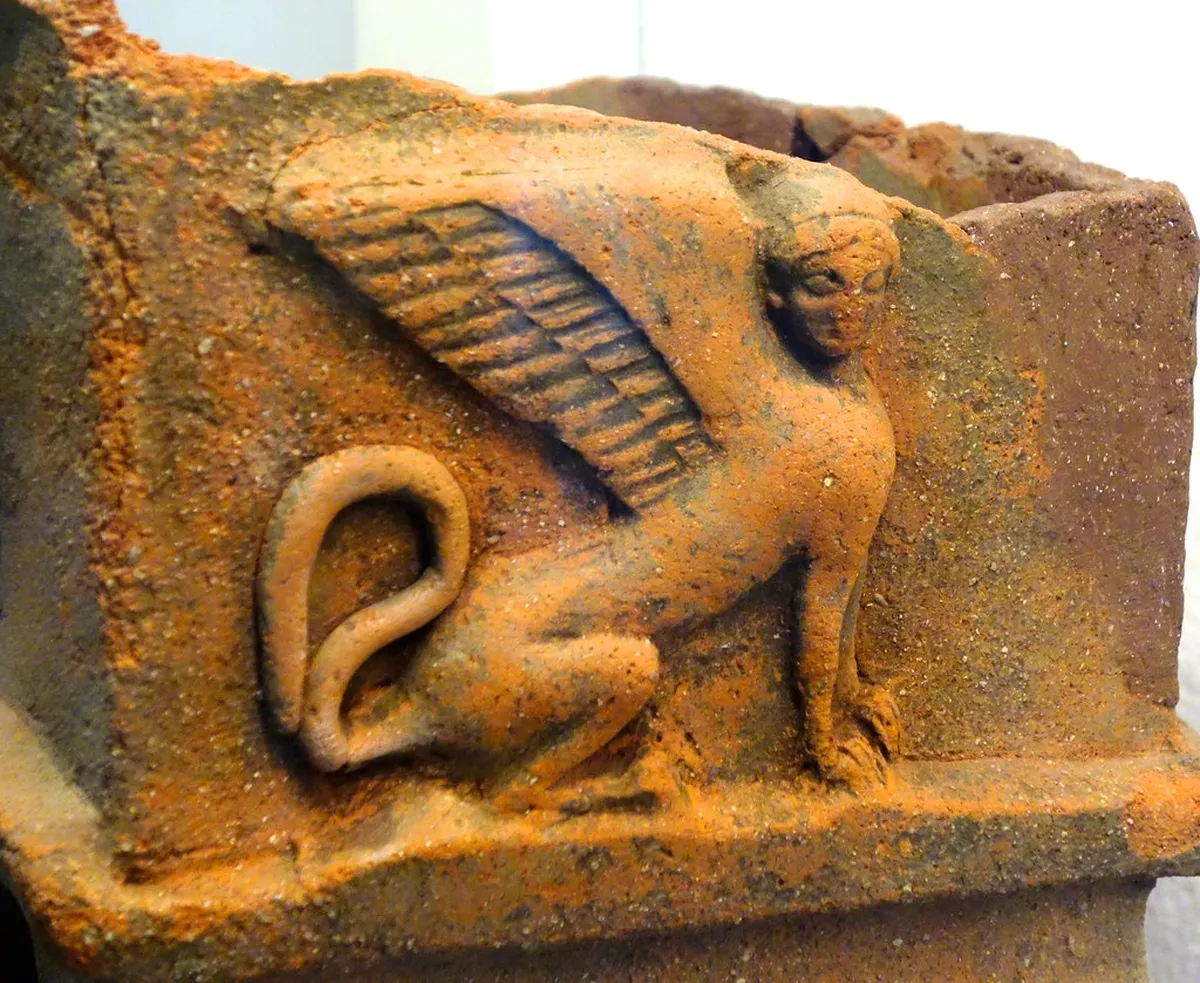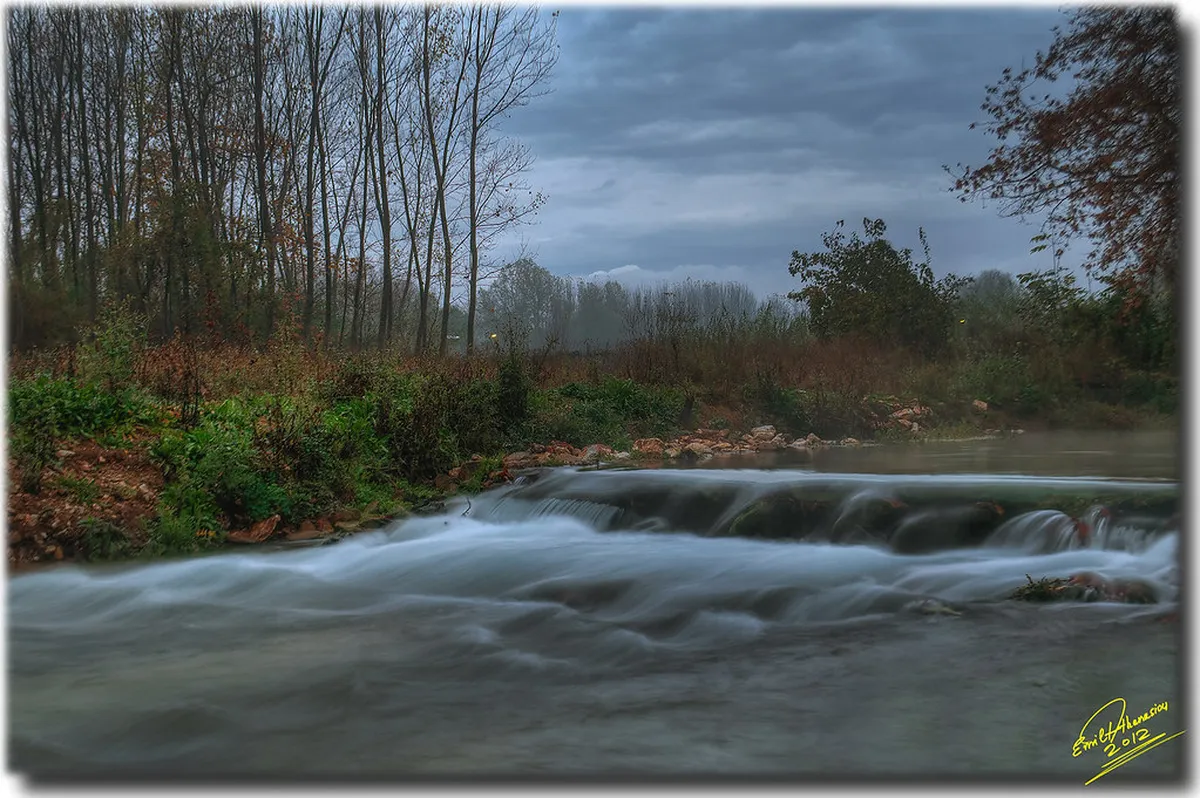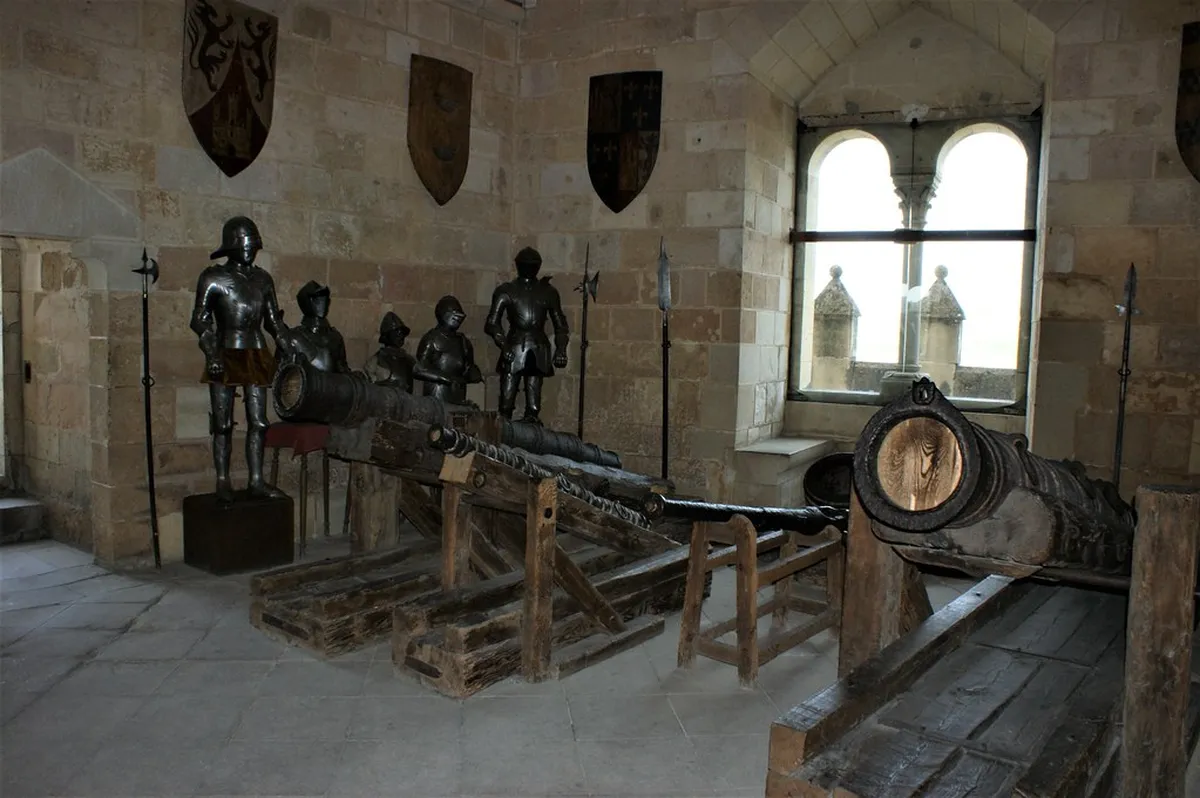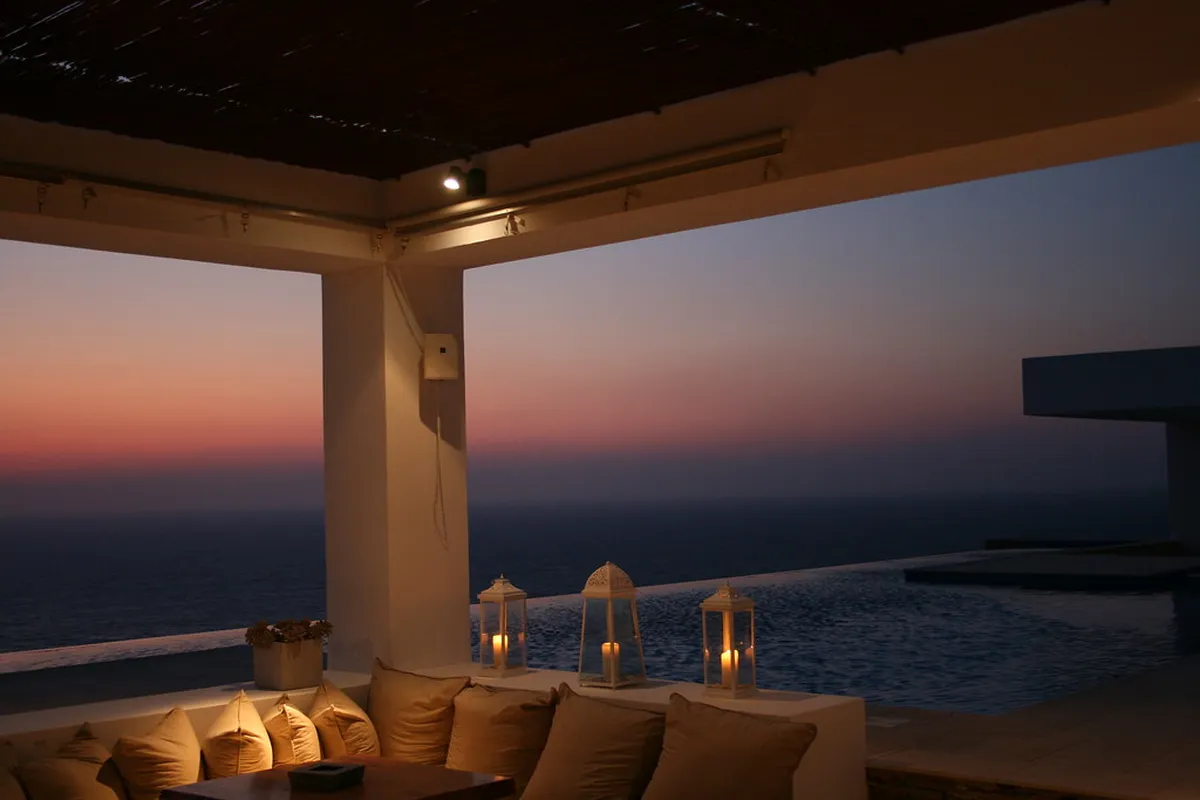Uncover Reggio Calabria History: A Journey Through Time
Embark on an incredible journey through time in Reggio Calabria. This ancient city offers a fascinating glimpse into its layered past. Our comprehensive Reggio Calabria history guide reveals centuries of stories.
You will explore vibrant cultures and powerful empires. Understand the significant impact of its strategic position. This guide helps you discover the city's enduring spirit. Plan your visit to this historical gem with our Reggio Calabria itinerary for first-timers.
Ancient Origins: Magna Graecia and Rhegion
Plan this trip faster with our free online itinerary maker. Get a personalized day-by-day plan in minutes.
Reggio Calabria boasts an incredibly ancient past. Its story begins over 2,700 years ago. Greek colonists founded the city around 730 BC. They named it Rhegion, meaning "break" or "rift".
Rhegion quickly became one of Magna Graecia's most important cities. Its strategic location was key for trade. The fertile lands also supported a thriving economy. This era laid the foundation for future prosperity.
The city's power grew throughout the classical period. It rivaled other major Greek settlements. Rhegion was known for its culture and philosophy. Visiting its archaeological sites provides great insight into this historical period's attractions.
Evidence of ancient Rhegion can still be seen today. Sections of its Greek walls are visible. The National Archaeological Museum showcases many artifacts. These include the famous Riace Bronzes.
Roman Rule and Byzantine Influence
The Romans eventually conquered Rhegion in 271 BC. They recognized its strategic importance. The city became a vital port for the Roman Empire. It connected Rome with eastern territories.
Under Roman rule, the city flourished further. New infrastructure was built. This included baths, forums, and roads. Explore the city's ancient past to uncover these layers of history.
Following the fall of the Western Roman Empire, the Byzantines arrived. Reggio Calabria remained under Byzantine control for centuries. This period introduced significant Eastern cultural influences. The city became a center for Greek Orthodox Christianity.
Byzantine art and architecture left lasting marks. Many churches adopted Byzantine styles. This unique blend of cultures defines a significant part of Reggio Calabria history. Consider a Reggio Calabria walking tour to explore these historical layers.
Norman Conquest and Medieval Eras
The Normans invaded Southern Italy in the 11th century. Robert Guiscard conquered Reggio Calabria in 1060. This marked the end of Byzantine rule. The city then became part of the Norman Kingdom of Sicily.
Norman lords brought new administrative structures. They built formidable castles and fortifications. These structures defended the city from various threats. The feudal system also became prevalent during this time.
Successive dynasties followed the Normans. These included the Swabians, Angevins, and Aragonese. Each left their unique imprint on the city. The medieval period saw periods of both prosperity and conflict.
Castello Aragonese is a prime example of medieval architecture. Its origins trace back to Norman times. However, it underwent significant Aragonese rebuilding. This fortress is one of Reggio Calabria's must-see sights. It offers stunning historical views.
Spanish Dominion and Bourbon Reforms
Spanish rule began in the early 16th century. It lasted for more than two hundred years. Reggio Calabria became part of the Kingdom of Naples. The Spanish period brought both stability and hardship.
The city faced various challenges during this era. Frequent pirate raids plagued the coast. Economic struggles also affected the population. Yet, cultural exchanges still occurred.
In the 18th century, the Bourbons took control. They introduced several important reforms. These aimed to modernize the kingdom. Efforts were made to improve trade and infrastructure.
However, natural disasters also shaped this period. The devastating 1783 earthquake caused immense damage. Much of the city had to be rebuilt. This catastrophe impacted the city profoundly. Learn more about local life and events through Reggio Calabria travel tips for 2025.
Modern Reggio Calabria: Earthquakes and Rebirth
The early 20th century brought another catastrophic event. The 1908 earthquake and tsunami devastated Reggio Calabria. It almost completely destroyed the city. Thousands of lives were lost.
Despite the immense destruction, the city showed incredible resilience. A massive reconstruction effort began immediately. Modern Reggio Calabria rose from the rubble. The new city plan featured wider streets and reinforced buildings.
Art Nouveau architecture became prominent during this rebirth. Many beautiful buildings from this period remain. They reflect a spirit of hope and innovation. Visitors can admire these elegant structures today.
Today, Reggio Calabria continues to thrive. It balances its ancient heritage with modern life. Its history is proudly displayed in its museums and sites. Discover the city's historical experiences without breaking the bank.
Frequently Asked Questions
What are the most famous historical sites in Reggio Calabria?
The National Archaeological Museum is a highlight. It houses the famed Riace Bronzes. The Aragonese Castle offers medieval insights. Ancient Greek walls are also visible in parts of the city. These sites showcase the depth of Reggio Calabria history.
When is the best time to explore Reggio Calabria's history?
Spring (April-May) and Fall (September-October) are ideal. The weather is pleasant for walking and exploring. Crowds are also typically smaller during these months. This allows for a more relaxed historical experience. Check our guide for the best time to visit Reggio Calabria.
How much does it cost to visit the historical museum in Reggio Calabria?
Admission to the National Archaeological Museum typically costs around €8-€10 for adults. Reduced rates are available for students and seniors. Prices can vary, so check their official website for 2025 updates. Consider a day trip to extend your historical exploration.
Can I see ancient Roman ruins in Reggio Calabria?
Yes, fragments of Roman structures exist. You can find remnants of Roman baths. Various archaeological excavations have uncovered foundations. These offer glimpses into the Roman period. The museum also displays many Roman artifacts.
Reggio Calabria stands as a living testament to history. From Greek colonists to modern rebirth, its story enthralls. Each era added new layers to its identity. This city truly offers a profound journey through time.
Plan your visit to experience this rich heritage firsthand. Discover the ancient wonders and vibrant culture. Reggio Calabria awaits your exploration in 2025. Begin your adventure with our comprehensive Reggio Calabria itinerary.
Key Takeaways
- Reggio Calabria was founded by Greeks, becoming a major Magna Graecia city.
- The city has endured and rebuilt after multiple devastating earthquakes, showcasing resilience.
- Explore diverse historical periods from Roman to Norman influences at its sites and museums.



